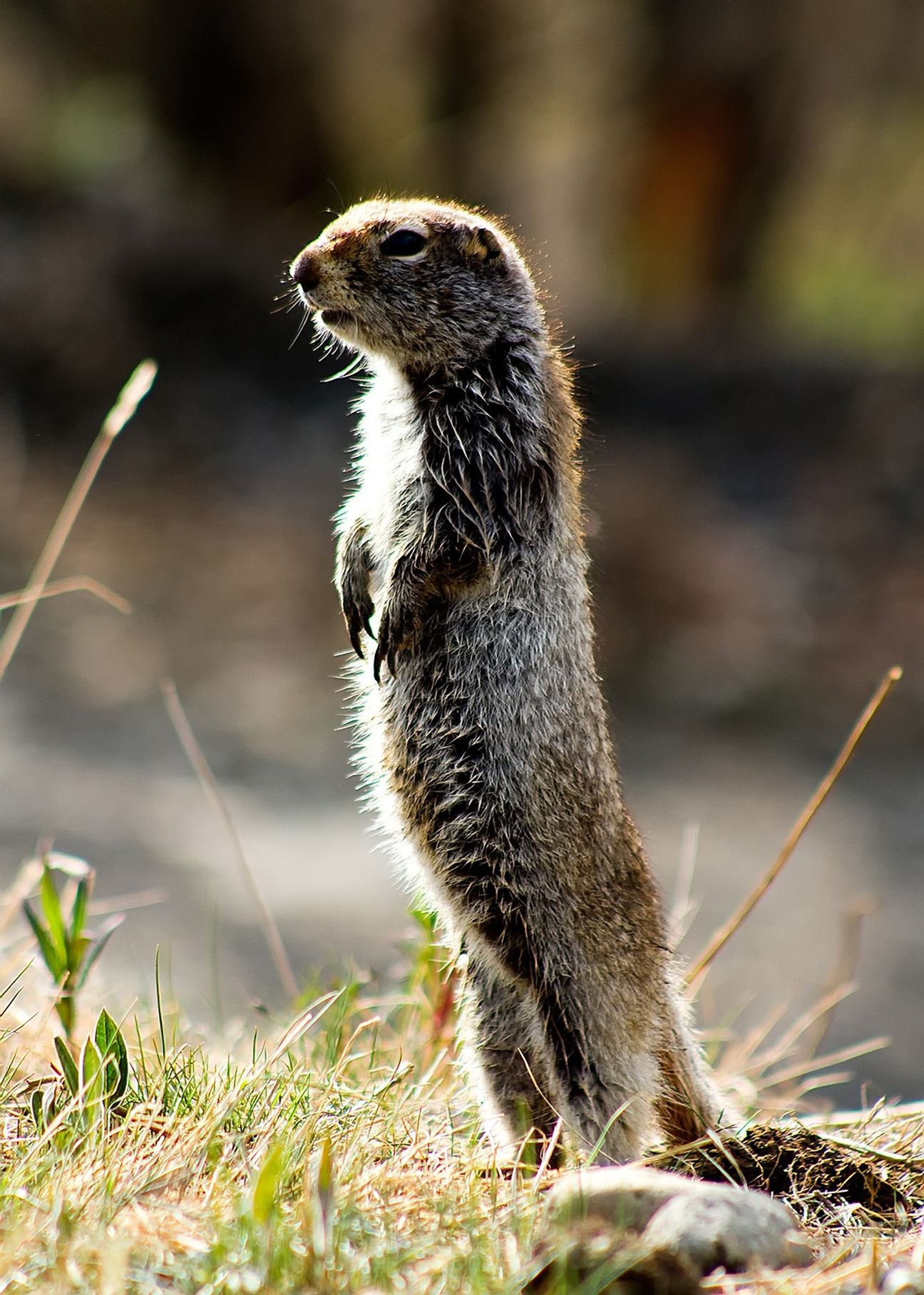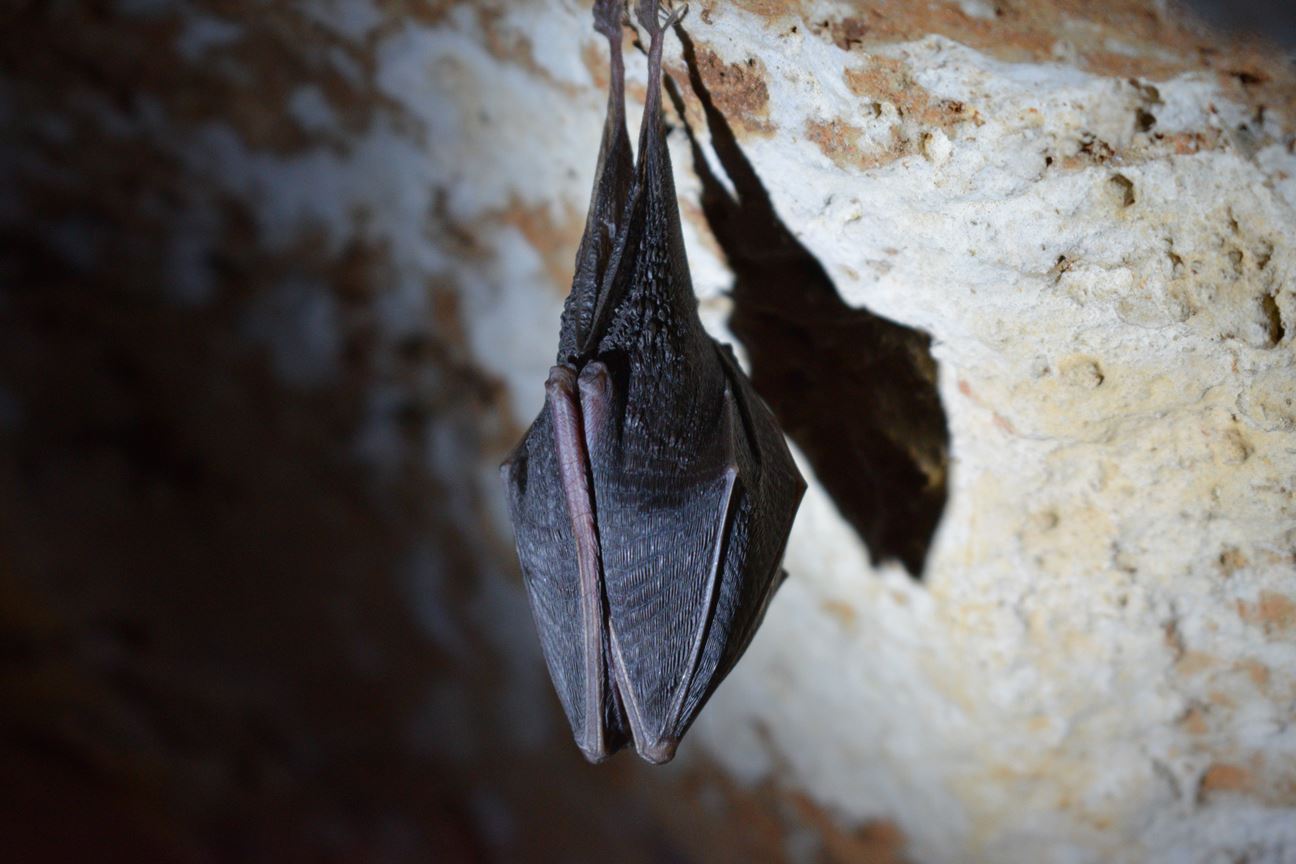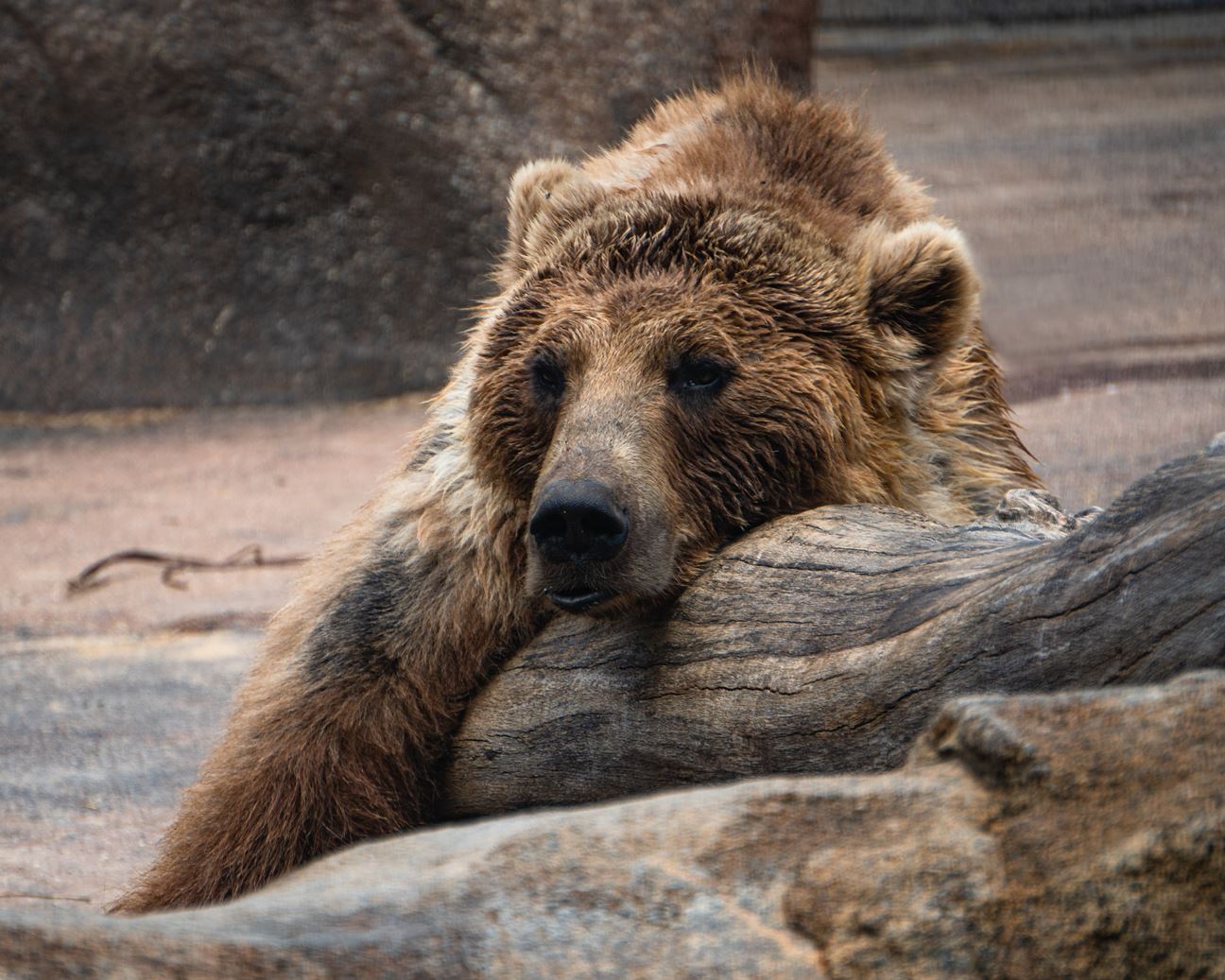Hibernation in animals includes a lot of bodily and environmental changes. Find out what happens to the animals that go into a long slumber.
We all love to spend time cosied up in bed when it's cold outside. Sadly, animals in the wild do not have that choice. So what do they do? Many of them hibernate! Animals hibernate because of drastic climatic conditions that result in decreased resources for its survival. This differs from just sleeping. An animal's body undergoes many physiological changes when it is sleeping. A slowed-down heart rate and shallow breathing being two of the examples. However, sleep is not nearly as dramatic as hibernation. So what exactly is hibernation in animals, and how is it different from sleeping? Let’s take a look!

Arctic Ground Squirrel can hibernate to the extreme, taking their body temperatures to subfreezing temperatures!
What Is Hibernation?
In layman’s term, hibernation is a long sleep. But that is not entirely correct. Animals who are hibernating showcase bodily changes that are quite drastic. An animal is not just ‘sleeping’ when it is hibernating. Their vitals are very different from the animals that are ‘awake’. Rather, when hibernating, animals undergo hypothermia which results in a long-term reduction in body temperature. Animals also display very slow rates of metabolism — sometimes even less than five percent of the normal metabolic rate. Reduced heart rate and slowed down breaths are other characteristics of animals in hibernation. And some animals are known to even stop breathing for almost an hour. For example, Dwarf Lemurs, whose heart beats 300 times a minute while awake, bring it down to less than 10 beats a minute when it is hibernating.
Why Do Animals Hibernate?
Before we find out why animals hibernate, let us understand the difference between ectothermic and endothermic organisms. Ectothermic, or the cold-blooded animals are organisms whose body temperature adjusts as per the ambient temperature, like sunlight or surface temperature. Examples of ectothermic animals include amphibians, reptiles, and invertebrates. On the other hand, endothermic, or the warm-blooded animals are organisms whose body temperature stays constant irrespective of the environmental temperature. In short, they can regulate their body temperature by generating heat within their bodies. The ectothermic animals are at an advantage here. Since they do not regulate their body temperatures, they do not end up spending many bodily resources. On the contrary, endothermic organisms need to metabolically produce heat to keep the body temperatures stable. And for this reason, these animals are in need of food as fuel to counter the colder ambient temperatures.
When the weather conditions are harsh, this can be a real challenge for the animals. And to tackle this, many endothermic animals go into a state called torpor. This is a survival tactic that involves the lowering of heart rate, breathing rate, body temperature, and metabolic rate. This is slightly different from hibernation. Torpor is an involuntary state that the animals enter as per the environmental weather conditions. Torpors are usually short - it could be just for a period of 12 to 15 hours.
 A bat can go into hibernation in the caves, on the trees, or even between the rocks
A bat can go into hibernation in the caves, on the trees, or even between the rocks
So, why do animals hibernate? A simple answer would be ‘to conserve energy.’ Animals voluntarily enter the state of hibernation in order to minimise their need for resources. When colder months approach, animals tend to ‘binge’ and store fat in their bodies. This helps them build a massive layer of fat that contains enough resources to keep them alive. This stored fat also acts as an insulator that keeps the animal warm. When the cold hits and the animal chooses not to hibernate, its body will keep burning the calories and eventually, the animal will starve to death.
But what’s Estivation?
Estivation or aestivation is yet another survival tactic used by animals. But unlike hibernation and torpor, estivation is used to survive through the hot and dry summers. The strategy is similar - a lowered metabolic rate that results in a period of inactivity. This helps the animal to stay cool and counter extreme dehydration and dryness of the skin. Estivation is found in both invertebrates and vertebrates and commonly known animals that estivate include mosquitoes, salamanders, crocodiles, and crabs.
What Actually Happens when Animals Hibernate?
The many glands and hormones that make up the endocrine system in an animal are responsible for hibernation in animals. By altering the levels of hormones released in the system, an animal can survive through the extreme winter. Let us look at a few of the changes that happen when an animal hibernates.
- Insulin - Insulin prevents the breakdown of fatty tissues. Now, as the animals put on weight in preparation of winters, their response to insulin is still normal. However, during hibernation, the insulin stops working and hence the breaking down of fat stores helps the animals survive through months of hibernation. In one research conducted by the Washington State University in Pullman, it was found that grizzly bears become ‘diabetic’ as they are hibernating. Luckily for them, they recover as they wake up.
- Pituitary - The pituitary gland controls many metabolic functions in animals. It also is responsible for lowering of the body temperature, slowing down of pulse rate and respiration, decrease in blood pressure, somnolence, and an unusual deposition of fat. During hibernation, the pituitary gland diminishes in size and at the end of hibernation, swells up again.
- Melatonin - The melatonin hormone is released by the pineal gland and controls the growth of the animals’ outer coat. And thus melatonin is responsible for the alteration of body temperature.
- Thyroid - During hibernation, animals undergo hypothyroidism and become insulin resistant. This onset of insulin-resistant is induced at the phase where the animal prepares for hibernation.
Here are some more things that happen during hibernation:
- The body fat that is stored before hibernation is completely burned off to provide energy, thus reducing the weight of the animal at the end of hibernation. A great example of this is the Arctic ground squirrels. These squirrels hibernate up to 9 months, living entirely off the body fat.
- Consciousness is reduced to a point that the animal will not awaken even if tried. If an attempt is made to wake up a hibernating animal, it will use so much of stored energy to warm themselves that they won't survive the rest of the winter months. Animals that hibernate are often oblivious to their surroundings.
- In some species, the breathing rate can drop by 100 per cent! These animals completely stop breathing for the said period. Many mammals are known to survive with extremely low levels of oxygen.
- The heart rate in many animals drops to lower than 5 per cent of their normal heart rate!
- No faecal matter is produced when the animal is hibernating. But the body always produces urea. In bears, the urea gets broken down into amino acids, which provide hydration to the bears.
Which Animals Hibernate the Longest?

When we think of true hibernators, we usually think of bears and bats. But again, bears do not exactly hibernate. In fact, bears go into torpors. Their heart and breathing rate are significantly reduced. Bears in torpor can go with no activity for days. Interestingly, bears can be easily woken up from torpor. Let us look at some more hibernators.
- Garter snakes - Found in North and Central America, the garter snakes are known to hibernate in groups. Thousands of snakes come together to begin their long slumber. The close contact with other snakes helps the snakes stay warmer. These snakes are known to hibernate from late October through early April.
- Box turtles - Hibernation in box turtles can last between three to five months. The turtles dig the ground for the winter months where they stay buried. They also stop breathing completely during this period and their hearts beat 5–10 beats per minute.
- Marmots - These large ground squirrels can spend half their life hibernating! They literally sleep through all of the winter - entering their burrows in September to early October. They only emerge the following April or May.
- Hedgehogs - The hibernation period is usually dependent on how cold the winter is. Hedgehogs are known to hibernate for weeks, even months. During this period, their heart rate falls by almost 90 per cent.
- Wood frogs - These frogs are known to cool their bodies down to such an extent that ice crystals form in their bloodstreams! Wood frogs take it to the next level, as they are known to stop breathing completely during hibernation. There’s more. These frogs’ hearts are also known to completely stop as they hibernate.